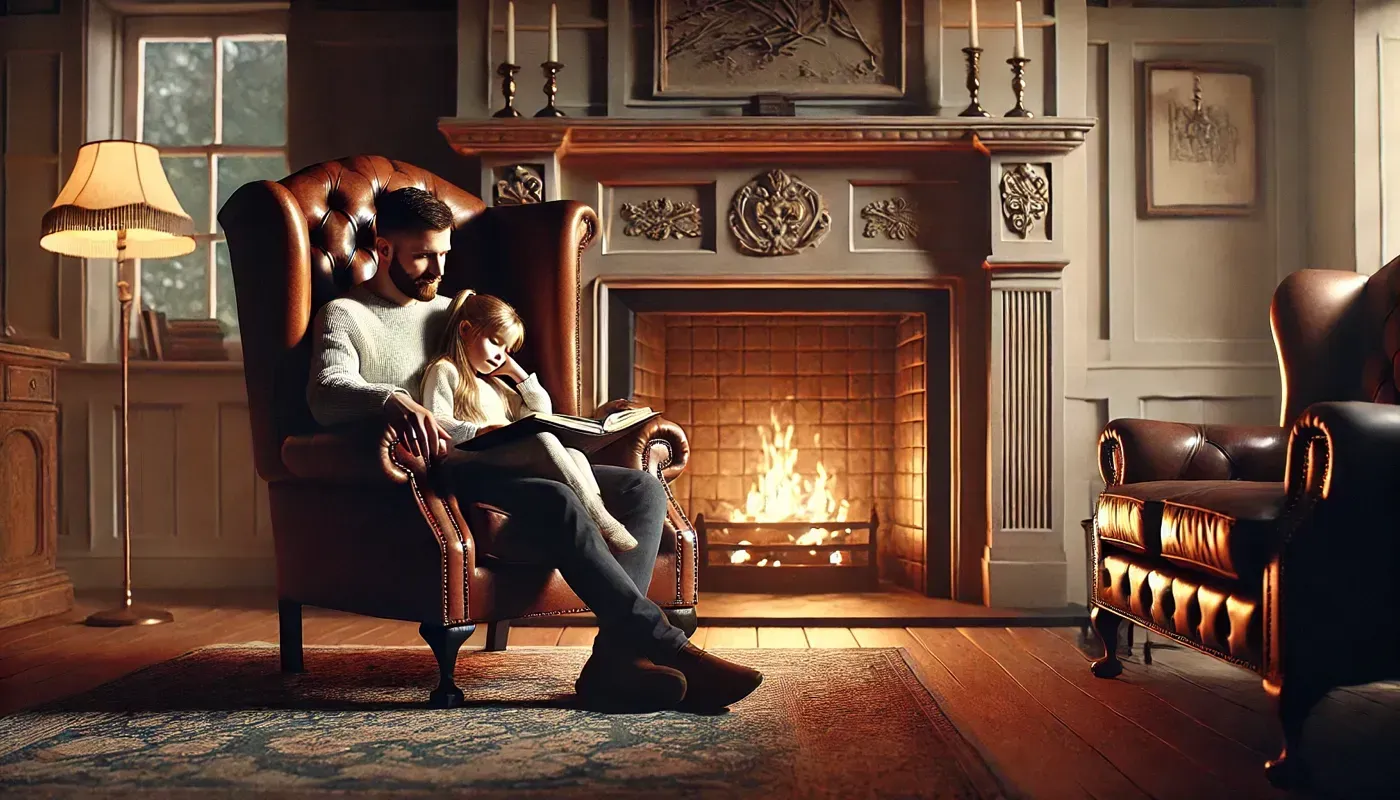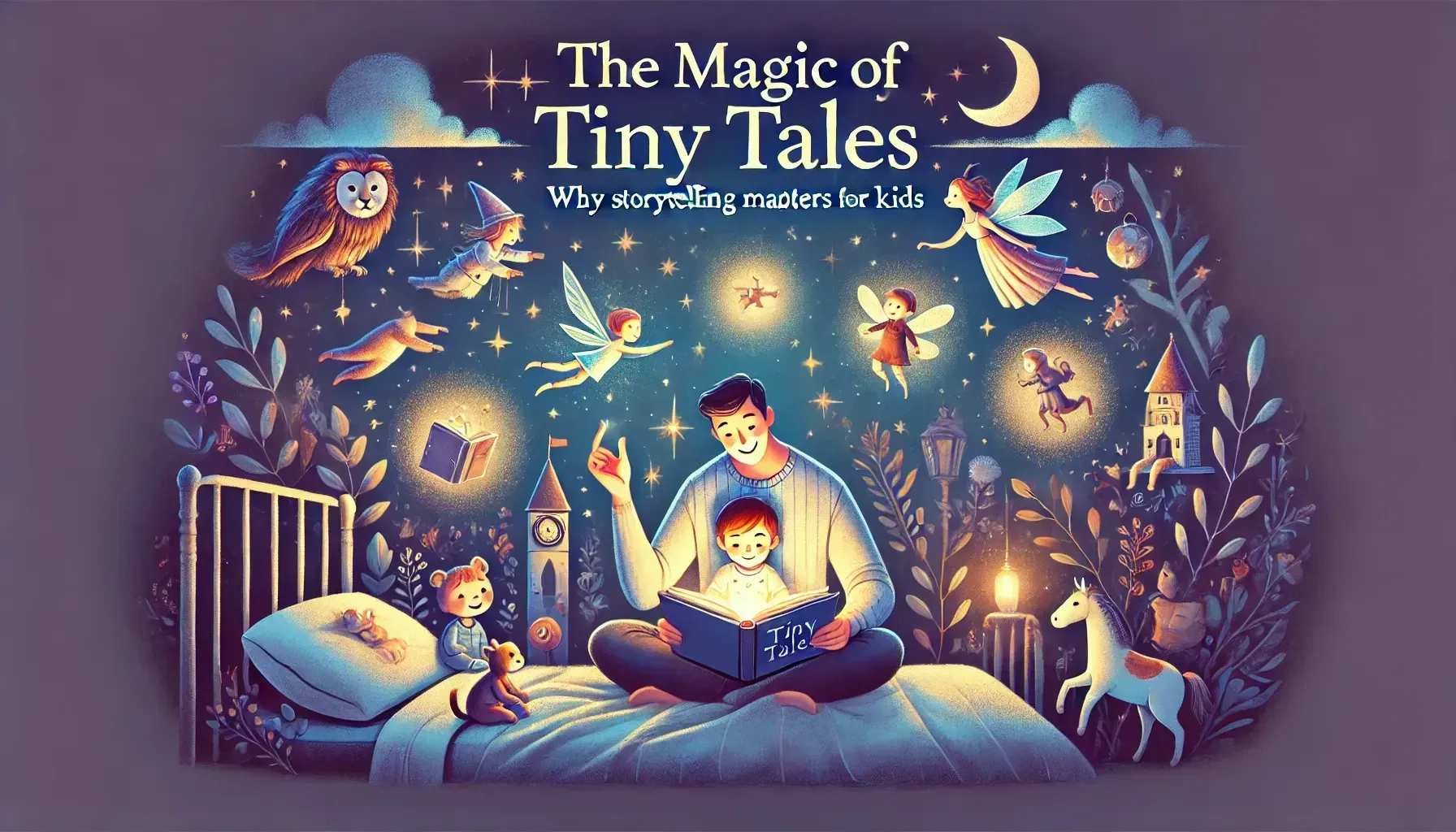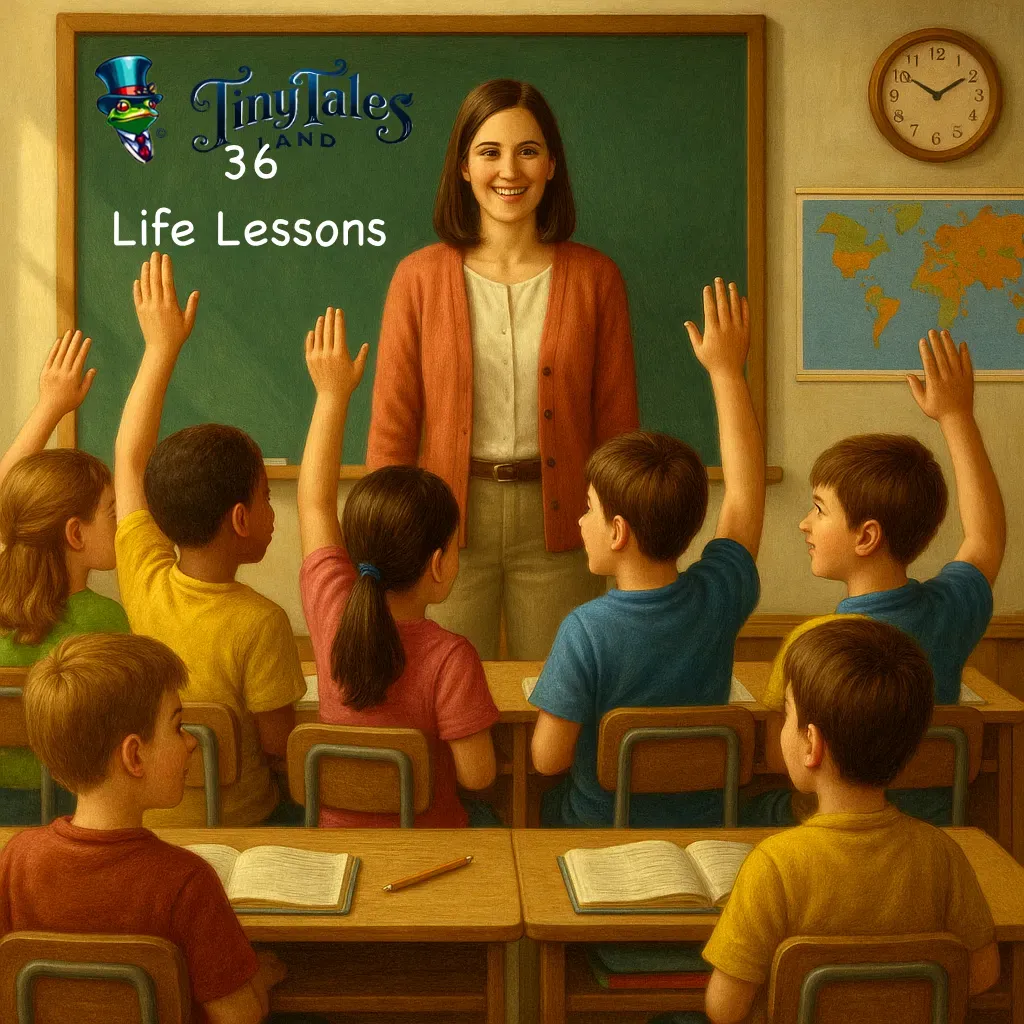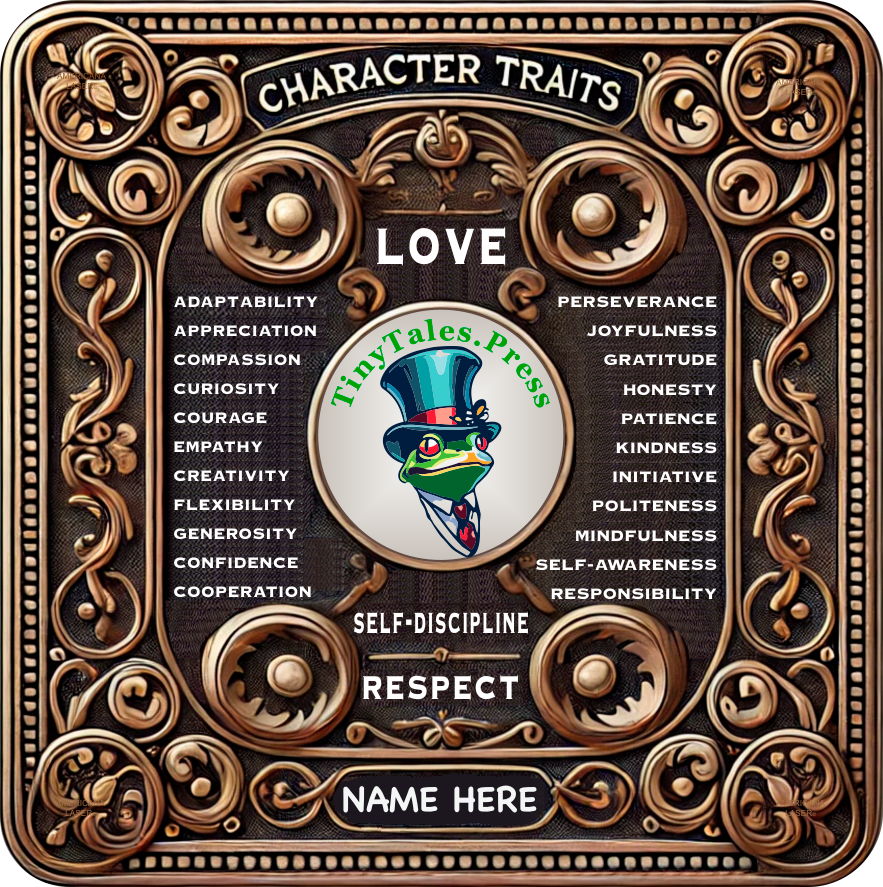Resilience Isn’t What We Thought—It’s Something Deeper
For years, we’ve taught children that resilience means being tough—pushing through, holding it together, and standing firm no matter what. But I’ve learned something different over time: real resilience isn’t about pressure—it’s about possibility.
In my work at TinyTales Land, where we teach character through storytelling, I’ve come to see that resilience doesn’t stand alone. It’s not a solo trait. In fact, it’s the product of many others working together—like compassion, responsibility, self-esteem, and love.
We don’t become resilient just by facing hardship. We become resilient by knowing who we are, feeling connected to others, and having the emotional flexibility to bend without breaking. And that’s not something you can build by teaching kids to “tough it out.”
The truth is, toughness cracks. Flexibility bends and returns stronger. That’s why the roots of resilience are deeper than we think.
When a child feels safe to express themselves (thanks to honesty), feels valued (thanks to love), and has space to try again (thanks to forgiveness and courage), they’re already becoming more resilient. When they learn to work with others (cooperation), stay patient (patience), and show kindness even when they’re frustrated, they’re preparing for the real world—not just to survive it, but to thrive in it.
In my upcoming appearance on the Stress & Purpose in Life podcast, I’ll be sharing more about this shift—from toughness to adaptability, from isolation to identity. Over the next few weeks, I’ll also be writing about how the other 24 character traits we teach at TinyTales are the very tools that support lifelong resilience.
So here’s my question for you: "What kind of resilience are you modeling? Is it rooted in pressure, or is it built with purpose?
Resilience isn’t a wall—it’s a bridge. And that bridge is built with the help of every other trait we teach.








